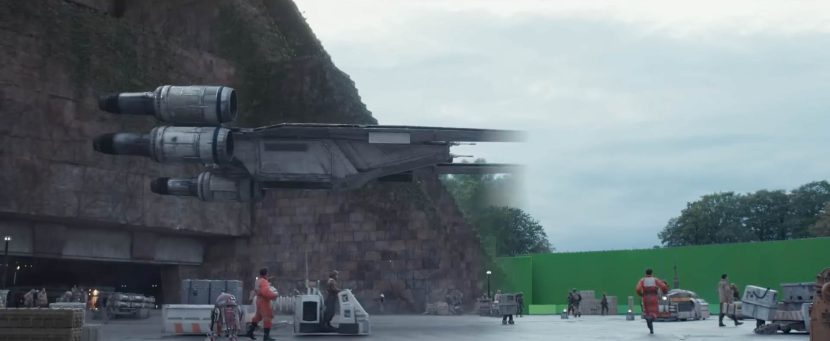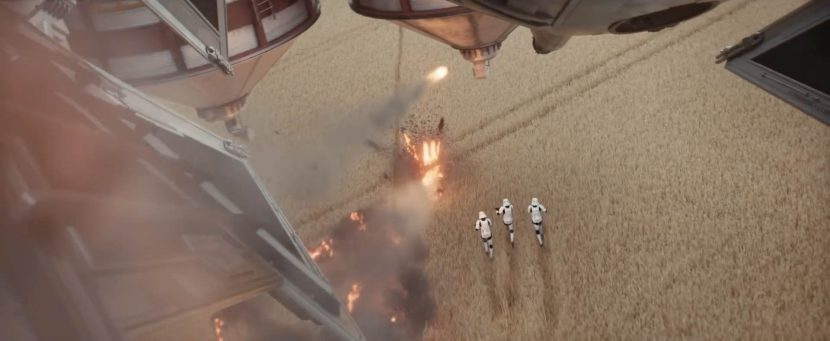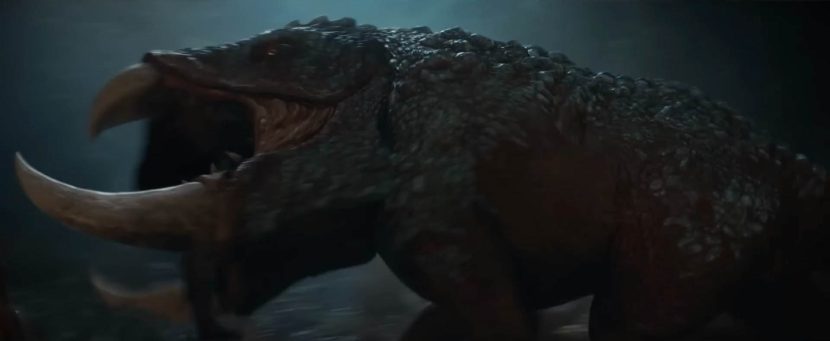For Disney’s Andor season 2, the acclaimed Star Wars political spy thriller, the creative brief was clear: keep it grounded, gritty, and cinematic; more Rogue One than space opera spectacle. Visual Effects Supervisor Sue Rowe, leading the Scanline VFX team, sat down with Mike Seymour for our fxpodcast interview to discuss the challenges and artistry behind some of the season’s most striking sequences.
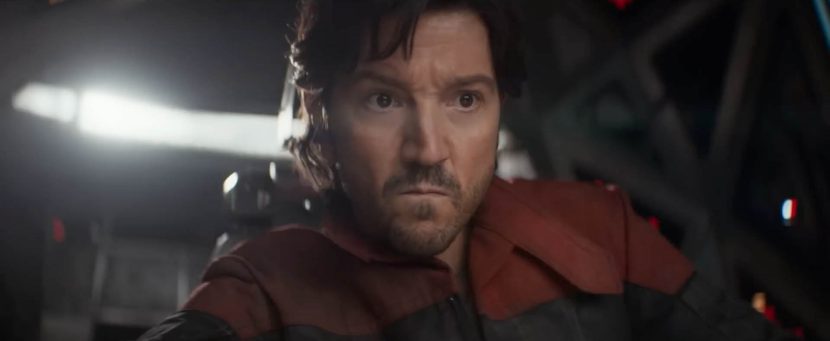
Building the hospital
One of the standout set pieces is the tense hospital attack sequence. Despite the complexity of glass, reflections, and explosions, the set itself was just a single floor redressed multiple times. “When I first saw it, I thought, ‘how the hell are we going to do this?’” Rowe recalls. With clever planning, minimal practical glass, and extensive compositing, Scanline transformed a simple stage into a 19-story U-shaped hospital with layered reflections and believable chaos. Witness cameras and sprite-based extras gave life to elevator shots and background action without resorting to fully digital doubles.
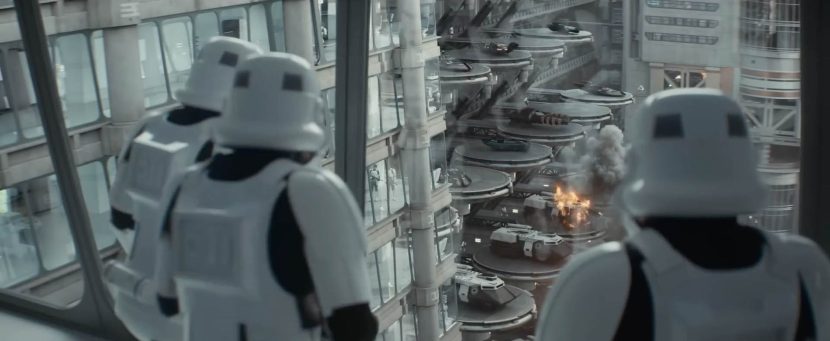
Fields of fire
The wheat field battle offered an entirely different challenge. Though production planted the field a year earlier, practical pyrotechnics weren’t possible due to fire risk. Instead, Scanline relied on digital laser fire and explosions, augmented by practical squibs of earth for reference. The subtle artistry, Rowe explains, was in grounding the shots with realistic scale, cloud shadows, and atmospheric detail: “It’s those tiny, almost invisible touches that make the audience believe it.”
Creatures, temples, and beasts
Andor’s grounded tone didn’t exclude creature work. Scanline created a brief but memorable quadruped beast—part rhino, part prehistoric boar, developed quickly and lit for a night sequence. “We weren’t going to overthink it,” Rowe says. “It had to feel raw, real, and threatening.”
The team also extended massive jungle temples with a blend of 3D assets, projections, and digital matte paintings, adding vines and foliage scatter to anchor scale and realism. Shared ILM assets for classic Star Wars ships, U-wings, Y-wings, and X-wings, were woven seamlessly into these environments.
Weddings, Wanners, and a disco bot
Not all of Scanline’s work was battlefield grit. The lavish Mon Mothma wedding sequence was shot almost entirely against greenscreen, with extensive environments recreated in post. “There’s a shot in there nearly 30 seconds long,” Rowe laughs. “The roto work nearly killed me.” A practical disco bot was built for the sequence but couldn’t fly. Scanline created a digital version, matching it to the practical build and timing its lights perfectly to the soundtrack.
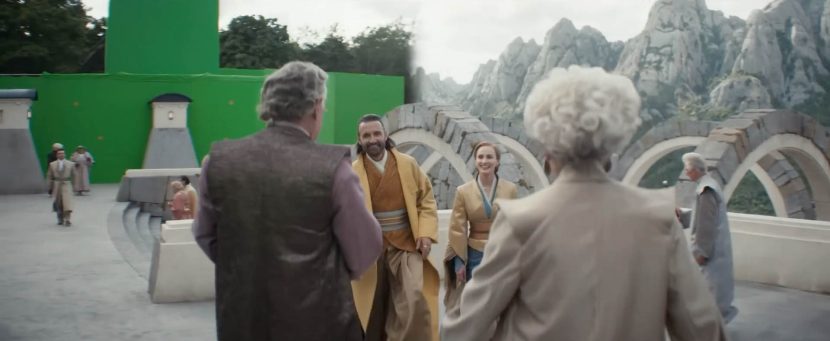
Staying grounded in physics
For Rowe, success often came down to scale and physics. “I always tell the team, put a six-foot person in the frame, put a one-meter cube. Ground it. Audiences may not consciously analyse reflections or gravity, but they know when it feels wrong.” This philosophy, combined with Scanline’s legacy in simulation work and its now-global artist base across Europe, North America, and Asia, helped Andor achieve the gritty, believable tone showrunner Tony Gilroy demanded.
